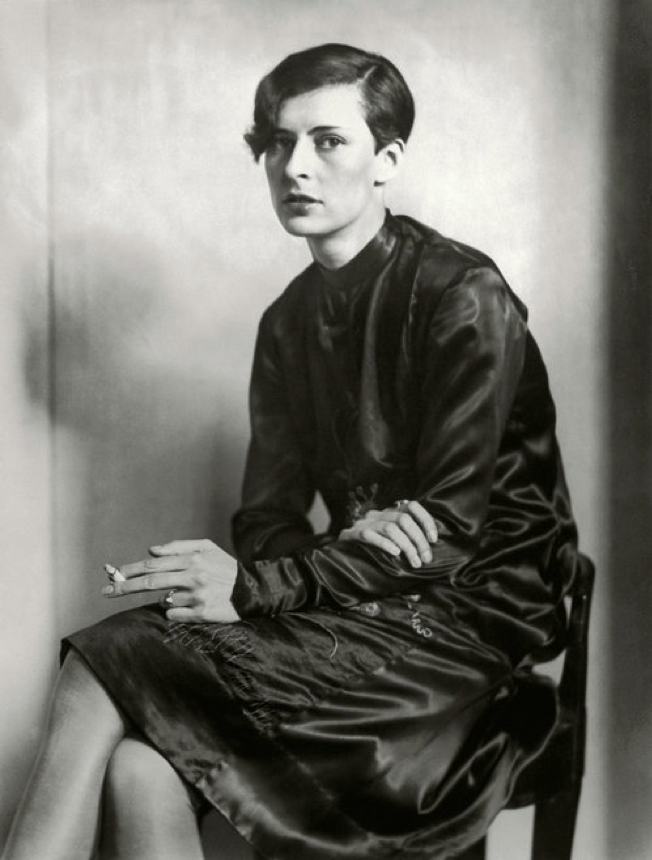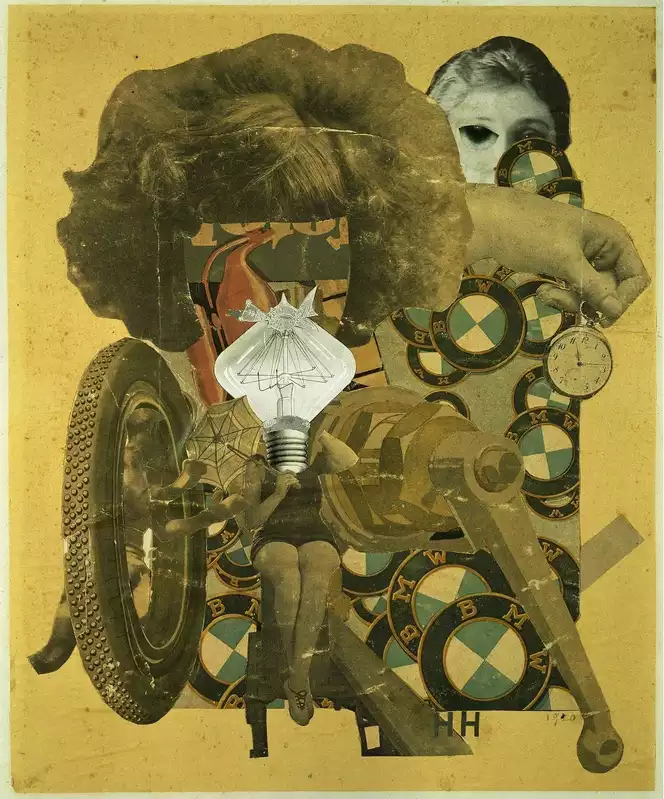created 2025-04-03, & modified, =this.modified

Höch was the only woman in the Berlin Dada group, and her male counterparts singled her out for her gender, unique, progressive mindset, and strong political views. Dada itself was a male-oriented world, with an extremely masculine perspective on society and progressiveness. Dada originated as a negative reaction to the first World War, its purpose to ridicule the meaninglessness of the modern world, and to reject the logic and aesthetics of capitalist society. It was a multi-art movement, spanning visual, literary, and sound media. It began circa 1915, in Zurich, spreading across Europe and North America. The name itself expressed meaninglessness, as artist Francis Picabia explained: “DADA, as for it, it smells of nothing, it is nothing, nothing, nothing”. But Dada has another clear connotation: dada, the father, the patriarch. The Dada movement was clearly a man’s world, a man’s ideal, with no place for a woman to contribute meaningfully.

Hoch reportedly first encountered the concept of photomontage through images German soldiers sent home to their families; pictures of their faces glued onto images of musketeers. She realized collage had the power to alienate images, by giving them new meaning through incorporating them with other motifs and contexts. Her work influenced many artists, and her beliefs inspired many modern feminists. Her aesthetic may have even influenced the cut-up aesthetic of the punk movement from the 1980s.
New Woman
Höch explored gender and identity in her work, and in particular she humorously criticized the concept of the “New Woman” in Weimar Germany, a vision of a woman who was purportedly man’s equal.
“None of these men were satisfied with just an ordinary woman. But neither were they included to abandon the (conventional) male/masculine morality toward the woman. Enlightened by Freud, in protest against the older generation… they all desired this ‘New Woman’ and her groundbreaking will to freedom. But—they more or less brutally rejected the notion that they, too, had to adopt new attitudes… This led to these truly Strinbergian dramas that typified the private lives of these men.
